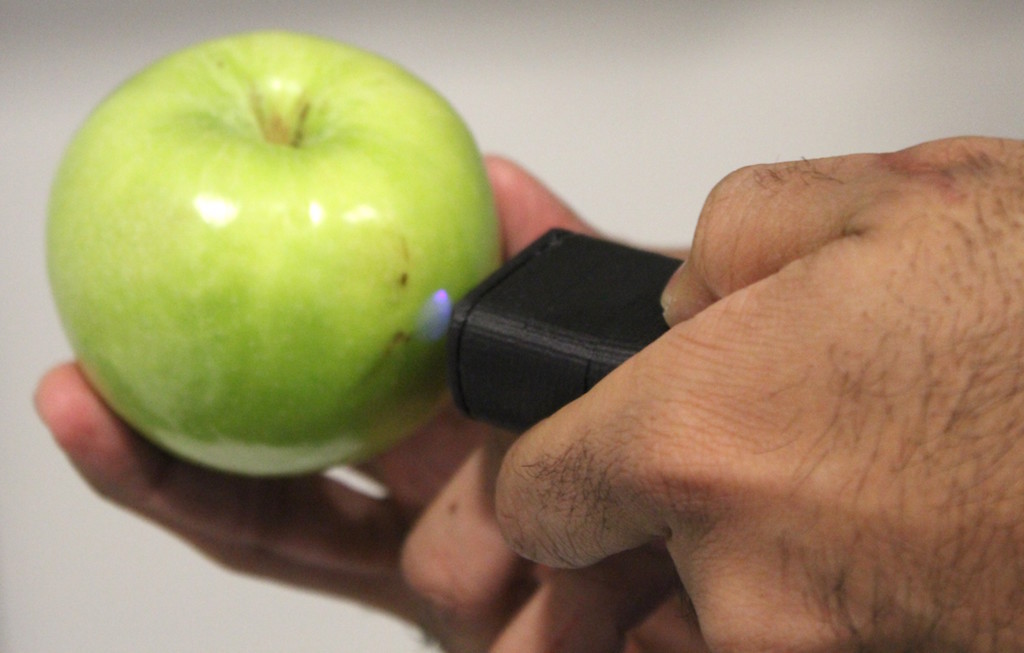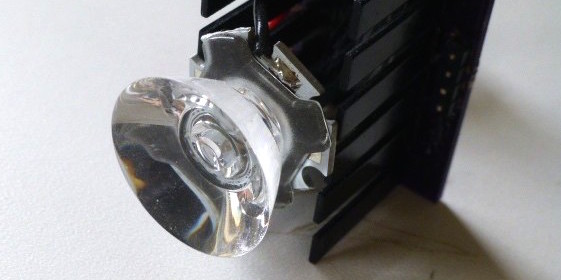Bluetooth enabled portable spectrometer

Spectrometers are widely used in scientific studies to characterize the spectral signature of a material that represents how the matter interacts with an electromagnetic radiation at different wavelengths. The spectral data contains vital information like the chemical composition and crystal structure of the material, as well as the presence of any impurities or third element within it. A commercial spectrometer costs a huge amount of money. Akshat Wahi‘s WiSci is an open-source spectrometer tool intended to allow spectroscopy accessible to everyone.
With Hamamatsu’s C12666MA mini-spectrometer at the front end, WiSc collects spectral signature from a target in wavelengths ranging from 340 to 780 nm. The hardware setup includes an Arduino board to read measurements from C12666MA and a HC-05 Bluetooth module for sending the data to the Android device. The android application was developed using Android Studio IDE and is compatible with Android 2.3.3 and higher. WiSc has been successfully implemented for non-destructive testing of apple ripeness. to extract the spectral data from for non-destructive testing of fruit ripeness and the results were found consistent with that from a penetrometer.


